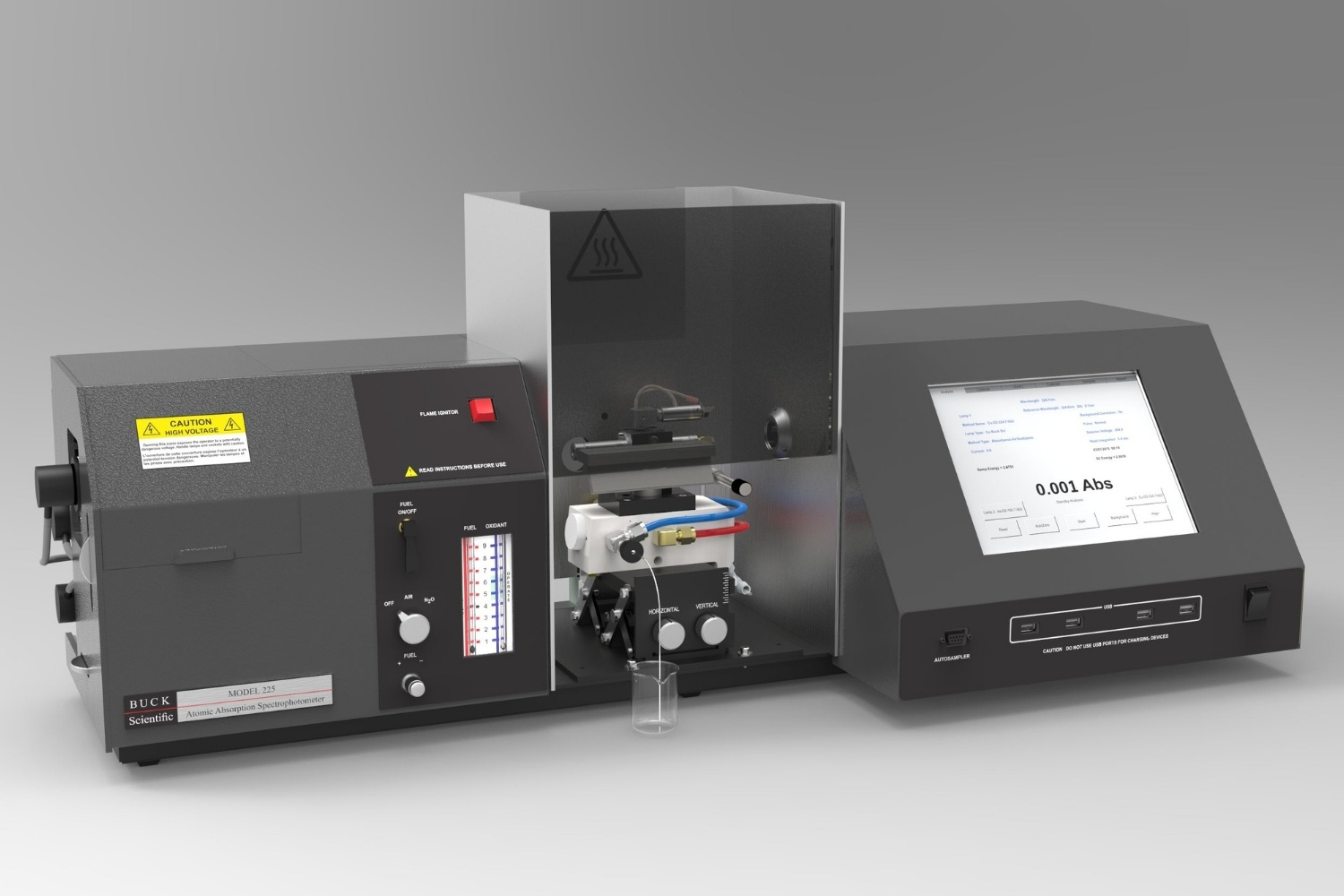
What is an atomic absorption spectrometer? An atomic absorption spectrometer (AAS) is a scientific instrument used to analyze the concentration of elements in a sample. It works by measuring the absorption of light by vaporized atoms. When a sample is introduced into the spectrometer, it gets atomized, and a light beam passes through it. The atoms absorb specific wavelengths of light, which corresponds to the element being analyzed. By measuring the amount of light absorbed, scientists can determine the concentration of that element in the sample. This technique is widely used in fields like chemistry, biology, environmental science, and even food safety to detect trace metals and other elements.
What is an Atomic Absorption Spectrometer?
An Atomic Absorption Spectrometer (AAS) is a scientific instrument used to analyze the concentration of elements in a sample. It works by measuring the absorption of light by vaporized atoms. This technique is widely used in various fields, including chemistry, biology, and environmental science.
- The AAS technique was first developed in the 1950s by Alan Walsh, an Australian physicist.
- AAS can detect over 70 different elements, making it a versatile tool in analytical chemistry.
- The instrument uses a light source, usually a hollow cathode lamp, specific to the element being analyzed.
- Samples are often introduced into the AAS as a liquid, which is then vaporized in a flame or graphite furnace.
- The concentration of an element is determined by measuring the amount of light absorbed by the vaporized atoms.
How Does an Atomic Absorption Spectrometer Work?
Understanding the working mechanism of an AAS can help appreciate its precision and utility. The process involves several steps, each crucial for accurate measurement.
- AAS operates on the principle that atoms absorb light at specific wavelengths.
- The light source emits light that passes through the vaporized sample.
- Atoms in the sample absorb light at their characteristic wavelengths, reducing the light's intensity.
- A detector measures the remaining light, and the difference in intensity indicates the concentration of the element.
- Calibration curves are used to convert the absorbance data into concentration values.
Applications of Atomic Absorption Spectrometry
AAS is employed in various industries and research fields due to its accuracy and reliability. Here are some common applications:
- Environmental monitoring uses AAS to detect heavy metals in water, soil, and air.
- In the pharmaceutical industry, AAS ensures the purity of drugs by detecting trace metals.
- Food safety testing uses AAS to check for contaminants like lead and cadmium in food products.
- Clinical laboratories use AAS to measure metal concentrations in biological samples, such as blood and urine.
- Mining industries rely on AAS for ore analysis to determine the metal content in mineral samples.
Advantages of Using Atomic Absorption Spectrometry
AAS offers several benefits that make it a preferred choice for elemental analysis. These advantages contribute to its widespread use.
- High sensitivity allows AAS to detect elements at very low concentrations.
- The technique provides high specificity, as each element absorbs light at a unique wavelength.
- AAS is relatively fast, providing results in minutes.
- The method requires minimal sample preparation, saving time and resources.
- It is cost-effective compared to other analytical techniques like ICP-MS (Inductively Coupled Plasma Mass Spectrometry).
Limitations of Atomic Absorption Spectrometry
Despite its many advantages, AAS has some limitations that users should be aware of. Understanding these can help in choosing the right analytical method.
- AAS can only analyze one element at a time, which can be time-consuming for multi-element analysis.
- The technique requires a high level of expertise to operate and interpret results accurately.
- Interferences from other elements or compounds in the sample can affect accuracy.
- The detection limits for some elements may not be low enough for certain applications.
- High initial cost of the equipment can be a barrier for some laboratories.
Innovations and Future Trends in Atomic Absorption Spectrometry
The field of AAS is continually evolving, with new technologies and methods enhancing its capabilities. These innovations promise to expand its applications and improve its performance.
- Advances in detector technology are increasing the sensitivity and accuracy of AAS measurements.
- Automation and software improvements are making AAS easier to use and reducing the potential for human error.
- Portable AAS devices are being developed for on-site analysis, making it more convenient for fieldwork.
The Final Word on Atomic Absorption Spectrometers
Atomic absorption spectrometers (AAS) are essential tools in scientific research and industry. They help detect and measure the concentration of elements in various samples. From environmental monitoring to food safety, AAS plays a crucial role in ensuring quality and compliance with regulations.
These instruments work by analyzing the light absorbed by atoms in a sample. This process provides precise and accurate results, making AAS a reliable choice for many applications. Understanding the basics of how AAS works and its importance can help you appreciate the technology behind it.
Whether you're a student, researcher, or just curious, knowing these facts about atomic absorption spectrometers can broaden your knowledge. They highlight the significance of this technology in our daily lives and its impact on various fields. So, next time you hear about AAS, you'll know just how vital it is.
Was this page helpful?
Our commitment to delivering trustworthy and engaging content is at the heart of what we do. Each fact on our site is contributed by real users like you, bringing a wealth of diverse insights and information. To ensure the highest standards of accuracy and reliability, our dedicated editors meticulously review each submission. This process guarantees that the facts we share are not only fascinating but also credible. Trust in our commitment to quality and authenticity as you explore and learn with us.
